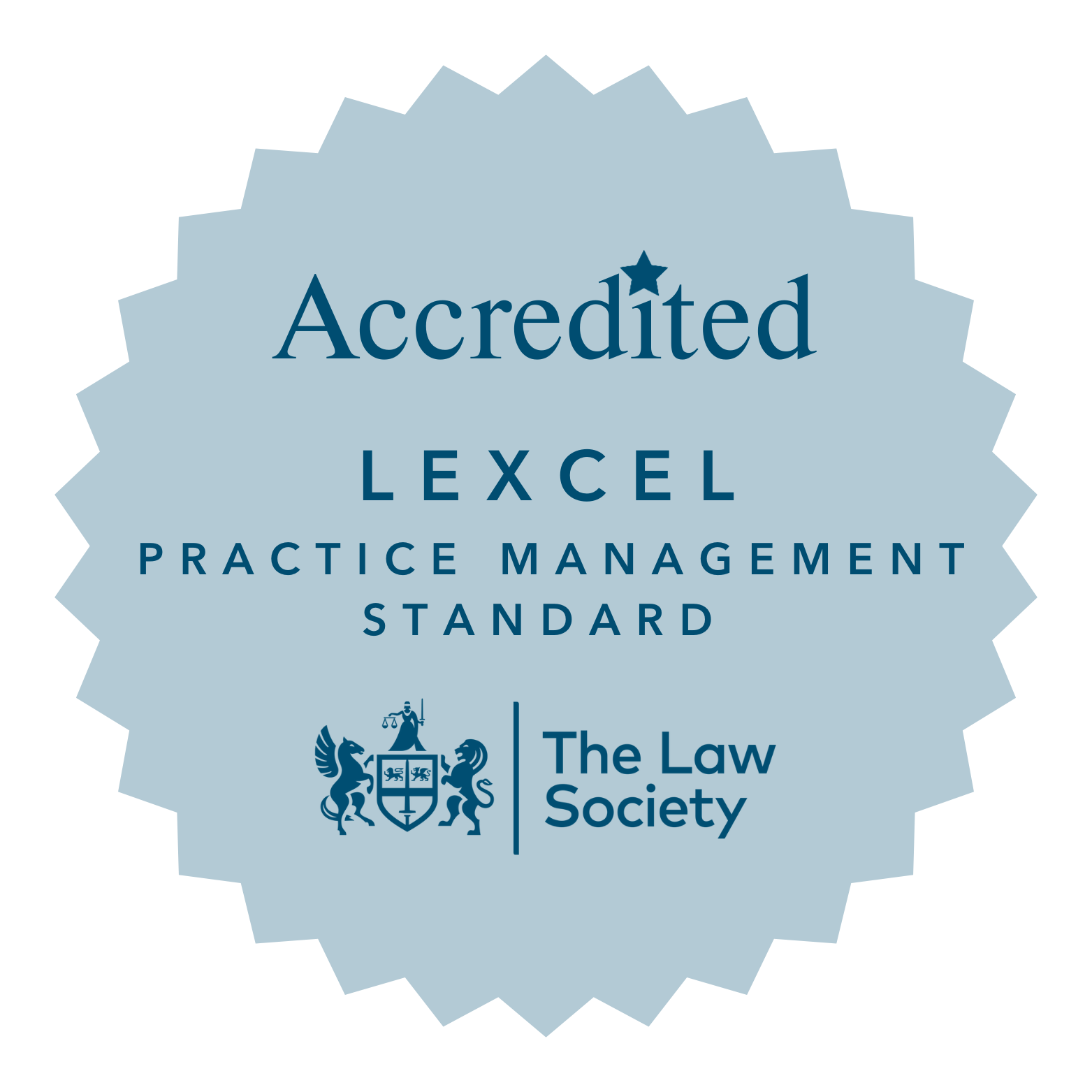Insurance and Commercial Leases
Whether you are a landlord or a tenant of commercial premises, it is extremely important that the lease sets out full details of who will insure and exactly what they will insure. If the lease is silent, there is no implied obligation on either party to insure the property and/or to lay out any insurance monies received in reinstating it. This blog deals with insurance matters for both landlords and tenants to consider.
Who insures?
In the vast majority of leases, the landlord will covenant to insure the property, as it is in the landlord’s own interest to do so. Occasionally, where a tenant is taking a lease of a whole building, paying a large premium and a minimal ground rent, the tenant may seek to arrange the insurance itself. However, this is rare and a landlord will usually want to ensure that insurance is within its control.
Although the landlord usually covenants to insure, it will seek to recover the full costs of this from the tenant. Landlords will want to be reimbursed for the full cost of the insurance premium (or a part, where the property is insured with other premises) including items such as cover for demolition costs, site clearance/protection, professional fees (architects, surveyors etc), public liability and insurance for loss of rent (see below). When acting for the tenant, it is worth trying to limit such costs to those that are “reasonable and proper”, although the landlord will not always agree to this.
The Landlord’s obligation to insure will usually be stated to be subject to any exclusions, limitations, conditions and excesses imposed by the insurers (which will be payable by the tenant). It is also likely to be subject to the insurance actually being available on terms acceptable to the Landlord.
What risks should be insured?
The lease should state that the landlord must insure against specified “insured risks”. These are likely to include fire, explosion, lightning, earthquake, storm, flood and impact by vehicles. The lease will usually also state “and any other risks against which the Landlord decides to insure from time to time”. From a tenant’s point of view, the list should be as comprehensive as possible, as any uninsured risks will fall to the tenant to repair (either directly or through the service charge – see below). In particular, a tenant should consider asking for “terrorism” insurance to be included, depending on the location of the property. However, the tenant may want to be balance this against the increased cost in premiums, if the risk is unlikely.
What happens if the property is damaged/destroyed by an insured risk?
The lease should provide that in these circumstances, the landlord will lay out the insurance monies received by it in reinstating the property/building (or the damaged part). The landlord’s covenant will usually be caveated so that the landlord is not required to do so until it has received the money and obtained all necessary consents to enable it to do so. The landlord will also often seek to protect its position by stating that it does not have to provide identical accommodation/facilities provided that they are reasonably equivalent to what was previously there. A tenant should try to ensure that the landlord is under an obligation to use all reasonable endeavours to obtain any necessary consents and then to lay out the insurance money as soon as possible, making good any shortfall at its own cost.
The landlord will not usually be required to repair/rebuild if the tenant has not paid the insurance monies that were due and/or if the insurance policy is vitiated due to any act or default of the tenant or anyone with its authority or under its control. The lease will usually also set out detailed insurance covenants relating to the use and occupation of the property, which the tenant must comply with.
What happens if the property is damaged/destroyed by an uninsured risk?
In this case the landlord will be under no obligation to repair/rebuild in accordance with the insurance covenants (provided that it had not failed to insure the risk in breach of covenant). Liability to repair will then depend on whose responsibility it is to repair the damaged/destroyed part as set out in the repairing covenants. If the damage was to a part which the landlord has covenanted to repair (for example, to the main structure), then the landlord will have to do so, although it will usually seek to recover the cost of this through the service charge. If the tenant has covenanted to repair that part, then the tenant will have to do so at its own cost.
Is rent still payable if the property is damaged/destroyed?
Again, this depends on what the lease says. However, if the damage/destruction was by an uninsured risk, the rent (and all other monies due under the lease) will still be payable, regardless of whether the property can actually be occupied/used.
Usually the lease will require the landlord to insure loss of rent for a fixed period, most commonly three years. If the property is damaged/destroyed by an insured risk so as to be unfit for occupation and use, the lease will usually state that the rent will be suspended for the period for which loss of rent insurance was obtained or (if less) until the property is made fit for occupation and use. Tenants should try to ensure that the reference to “fit for occupation and use” is specified to be “for the Permitted Use”. Otherwise there is a risk that the property can be occupied and used – and therefore rent becomes payable – even if it cannot actually be used for the purpose permitted by the lease. It is also important to try to include reference not just to the property but to the building of which it forms part (if applicable) and the means of access to it.
How can Askews help you?
Your local firm of Coventry Solicitors, Askews Legal LLP, has a dedicated team of Property specialists who can assist with any commercial property issues. For further advice or to obtain a quote, please contact Kuljeet Sandhu, Head of Commercial Property at Askews Legal LLP.









